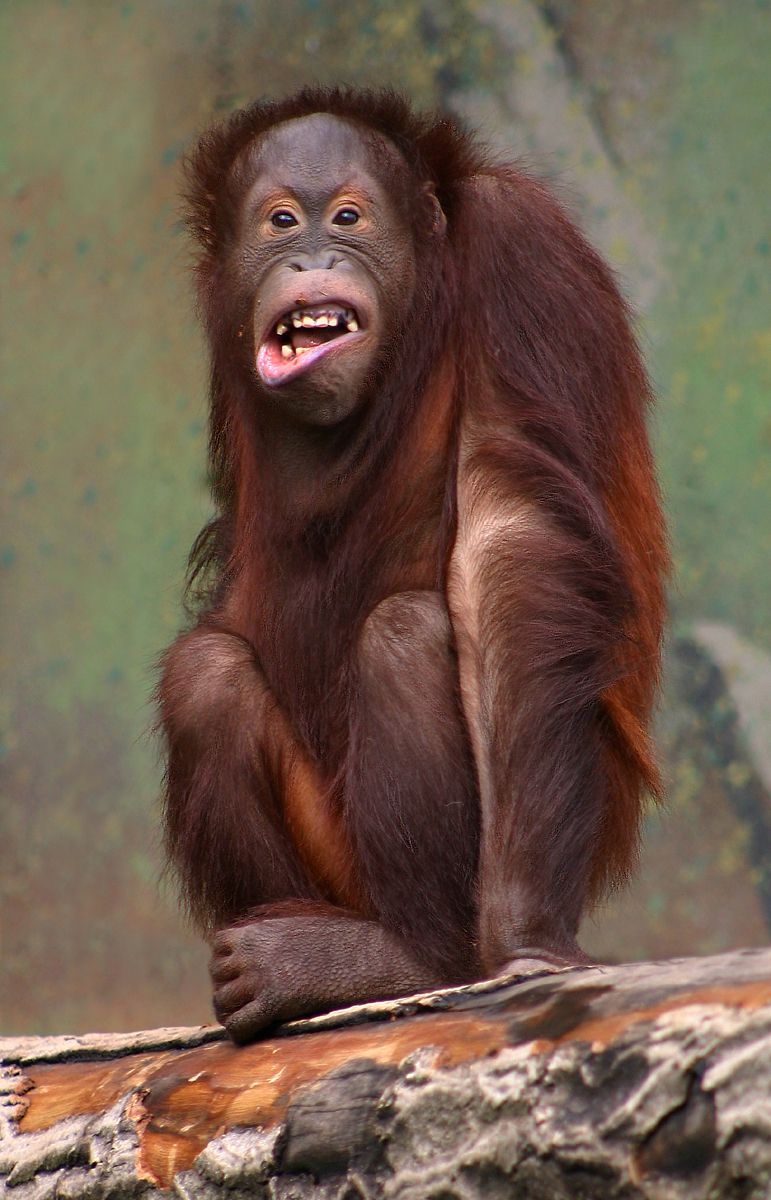The orang-utan's image as a laid-back ape has been further underlined this week in work by Herman Pontzer and his colleagues, published in PNAS. The study compared the daily energy expenditure of captive orang-utans with comparable information about humans.
 Despite the physical activity levels of these captive orang-utans being similar to those of their wild counterparts, it was found that their daily energy expenditure per kg of orang-utan was much less than that of even a lazy human. One of the only placental mammals with lower energy expenditure is the sloth!
Despite the physical activity levels of these captive orang-utans being similar to those of their wild counterparts, it was found that their daily energy expenditure per kg of orang-utan was much less than that of even a lazy human. One of the only placental mammals with lower energy expenditure is the sloth!
Pontzer, from Washington University in St Louis, believes that this very low metabolic rate in the orang-utans could be a reflection of the often low and highly variable levels of food available in their natural habitat. Since the orang-utans require fewer calories per day, they are likely to be less sensitive to low levels of productivity in their feeding grounds. This relative hardiness should give them a better chance of surviving frequent drops in the availability of their favourite foods.
Previous work has already told us that orang-utans adopt energy efficient lifestyles, so what makes this study different? Well, before now, it wasn't clear whether orang-utans actually used up less energy than other primates, or whether they used the same amount of energy but allocated it to different body processes that might help them to survive their tough habitat.
Now that we know that orang-utans actually require less energy than other primates to function, it offers new advice for their care in captivity where they may be more prone to obesity due to over-generous keepers. It also gives us more clues about how wild orang-utans are likely to respond to changes in their habitat. Given that orang-utans, like all great apes besides humans, are an endangered species, it is important that we learn all we can to help us protect the future of the species.










Comments
Add a comment